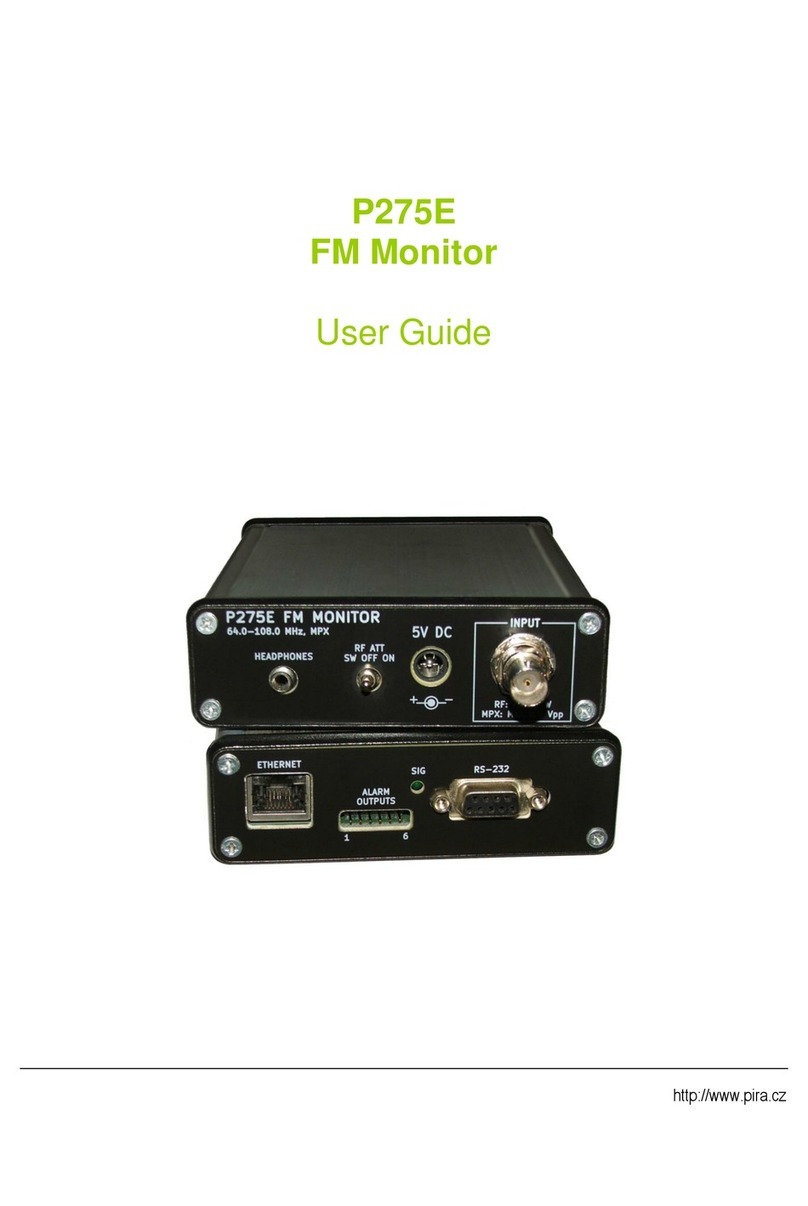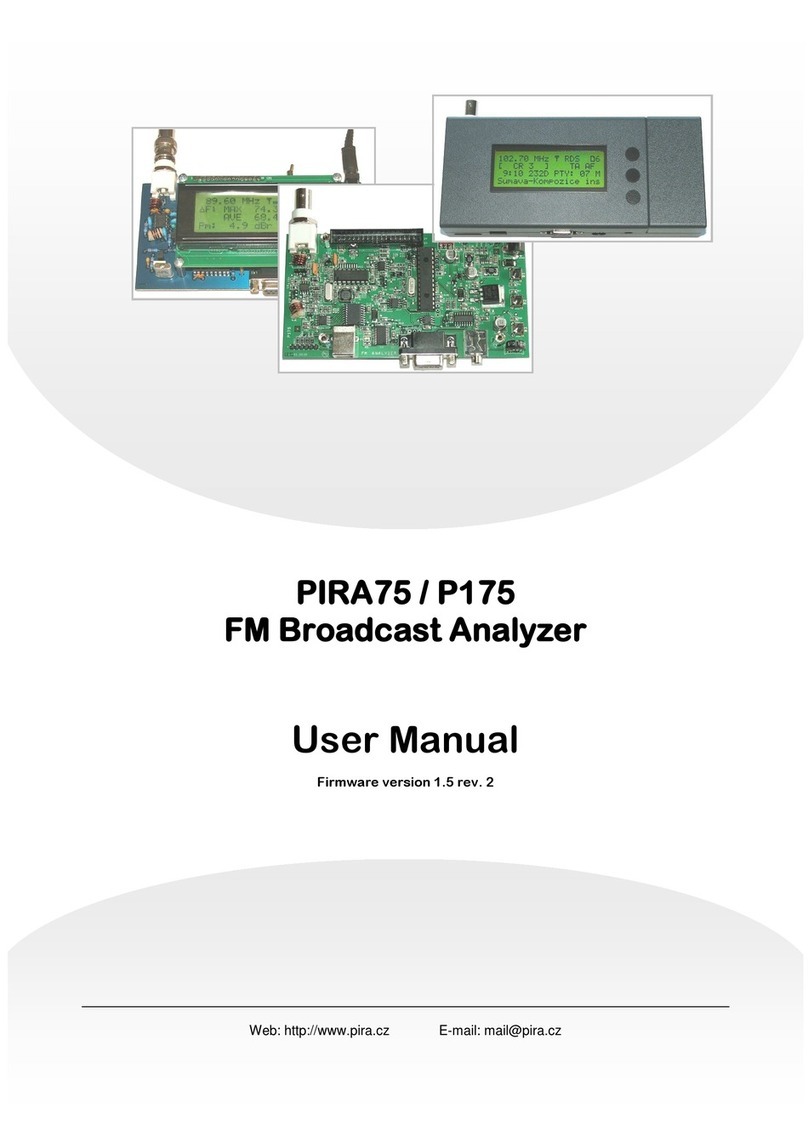
2
Table of Contents
Related Documents...........................................................................................................................................................2
Introduction ......................................................................................................................................................................3
Main highlights...................................................................................................................................................................................3
Measurements, indications and outputs...............................................................................................................................................3
Electromagnetic compatibility ............................................................................................................................................................4
Technical Specifications...................................................................................................................................................5
General................................................................................................................................................................................................5
Antenna (RF) Input.............................................................................................................................................................................5
Measurements .....................................................................................................................................................................................6
MPX Input ..........................................................................................................................................................................................6
Alarm Outputs.....................................................................................................................................................................................6
Headphones audio output....................................................................................................................................................................7
Internal RDS/RBDS Decoder..............................................................................................................................................................7
Side connectors and controls...............................................................................................................................................................8
Power supply.......................................................................................................................................................................................9
Mainboard composition ....................................................................................................................................................................10
Alarm outputs....................................................................................................................................................................................12
Operating Instructions ...................................................................................................................................................13
Power-up...........................................................................................................................................................................................13
Control buttons..................................................................................................................................................................................13
Menu.................................................................................................................................................................................................13
RF Measurements...........................................................................................................................................................16
Signal quality ....................................................................................................................................................................................16
Overall frequency deviation (peak frequency deviation)...................................................................................................................19
Pilot deviation...................................................................................................................................................................................19
RDS deviation...................................................................................................................................................................................19
Pilot-to-RDS phase difference...........................................................................................................................................................20
Modulation power (MPX power, Pm)................................................................................................................................................20
Frequency deviation histogram.........................................................................................................................................................21
Service details...................................................................................................................................................................................22
Simple stereo balance meter..............................................................................................................................................................22
Carrier frequency offset ....................................................................................................................................................................23
Radio Data System decoding ............................................................................................................................................................24
USB and COM Port Communication ...........................................................................................................................28
Connecting the FM analyzer to a PC.................................................................................................................................................28
Communication speed selection (autobaud feature)..........................................................................................................................28
List of commands and configuration registers...................................................................................................................................29
Data format .......................................................................................................................................................................................33
Other Features................................................................................................................................................................35
Firmware update ...............................................................................................................................................................................35
Precise carrier frequency offset measurement...................................................................................................................................35
Annexes............................................................................................................................................................................36
Memory map.....................................................................................................................................................................................36
Mainboard mechanical drawing........................................................................................................................................................37
Control interface (J3) connection example........................................................................................................................................38
Related Documents
Visit the Website for the latest documentation version and the following additional documentation:
FM Scope - User Guide (http://pira.cz/fm_broadcast_analyzer/fmscope.pdf)
RDS Spy - RDS Decoder for Windows (http://rdsspy.com/download/mainapp/rdsspy.pdf)





























